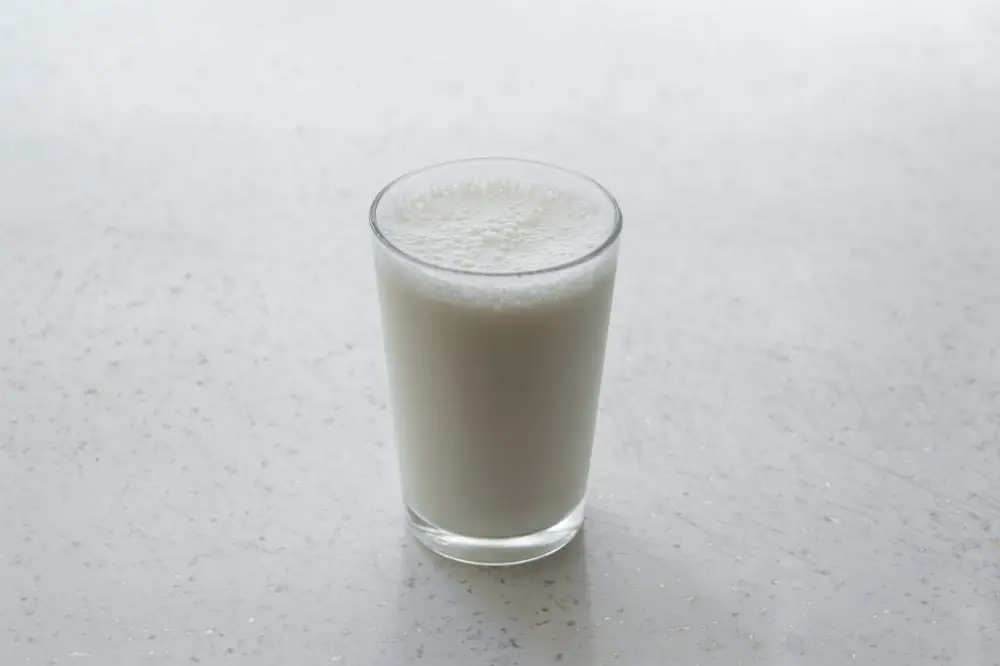When it comes to losing weight, protein is everything. And for good reason: it’s a satisfying macronutrient, helping you feel full and keeping you going until your next meal. Adding protein to your meals can also make it easier to stick to a low-calorie diet, adding to its weight loss benefits.
That said, more protein does not mean more weight loss. And some protein options are better than others.
Why don’t you lose weight by taking protein?
Fake meats are unhealthy
They can be healthy, yes, and eating plant-based can have weight loss benefits, but “no meat” doesn’t equal healthy.
Some fake meats are overly processed, and research suggests that people who eat more processed foods tend to gain more weight over time compared to people who tend to eat real whole foods.
In a study published in June 2011 in the New England Journal of Medicine, participants who ate more processed foods such as French fries, sugary drinks and processed meats averaged an increase of almost 2 kilos over four years.
Remember that a calorie is not just a calorie, so try to eat more plant proteins that are whole foods (think legumes, lentils, nuts, tofu) and less processed meat substitutes (the shorter the ingredient list the better).
Soso is not better
We think tasteless is best, but it has nothing to do with repeating meals. Repeat meals can work: When people (some of whom were obese) ate macaroni and cheese every day for five days in a row, they consumed fewer calories compared to those who ate the pasta dish once a week for five weeks, according to an August 2011 study in the American Journal of Clinical Nutrition. But that doesn’t mean you should eat boring, unseasoned foods.
Browning meat and fish creates great flavor, that’s because you’re caramelizing the outer surface of the protein when it hits a hot skillet. To get that crunchy brown layer, start with a dry protein (pat dry with paper towels); allow skillet to heat while you season protein with salt and pepper; add a very thin layer of oil (depending on the size of your skillet, that’s just a teaspoon or two) to the skillet; then put your protein in and don’t worry about it. After a few minutes, shake the pan, and if the meat or seafood comes off, it’s ready to flip.
You can also cook the protein in a bath of savory, near-boiling liquid, such as a wine- or herb-infused broth . It is a great technique for seafood because it is quite simple to execute and it also produces a milder tasting fish than if it were grilled or broiled.
For protein cuts like chicken breasts, chicken thighs, salmon, and other meaty fish fillets, keep the skin on when you cook them . The skin will help trap the juices naturally present when you cook chicken or fish, leaving you with a more flavorful and tender piece of protein. Once they’re cooked, you can remove the skins to save calories (and fat).

You don’t need a protein shake after every workout
Not always. For most people, if you have a healthy, protein-rich meal or snack within hours of your workout (front or back), you don’t need that post-workout shake. In fact, drinking a protein shake can be overkill and end up adding unnecessary calories.
That said, there is one exception. If you exercise on an empty stomach (for example, first thing in the morning on an empty stomach), you will need a dose of protein and carbohydrates after your sweat session to help get your body into muscle-building mode.
You are eating too much protein
Expert guidelines suggest that we aim to get 10 to 35 percent of our calories from protein (animal or plant), and adults have been found to get about 16 percent of their calories from protein.
Therefore, we would only have to add a little protein in the diet. But keep in mind that when you increase the amount you eat of one food or food group, you must reduce what you eat of another to keep your total calories in check.